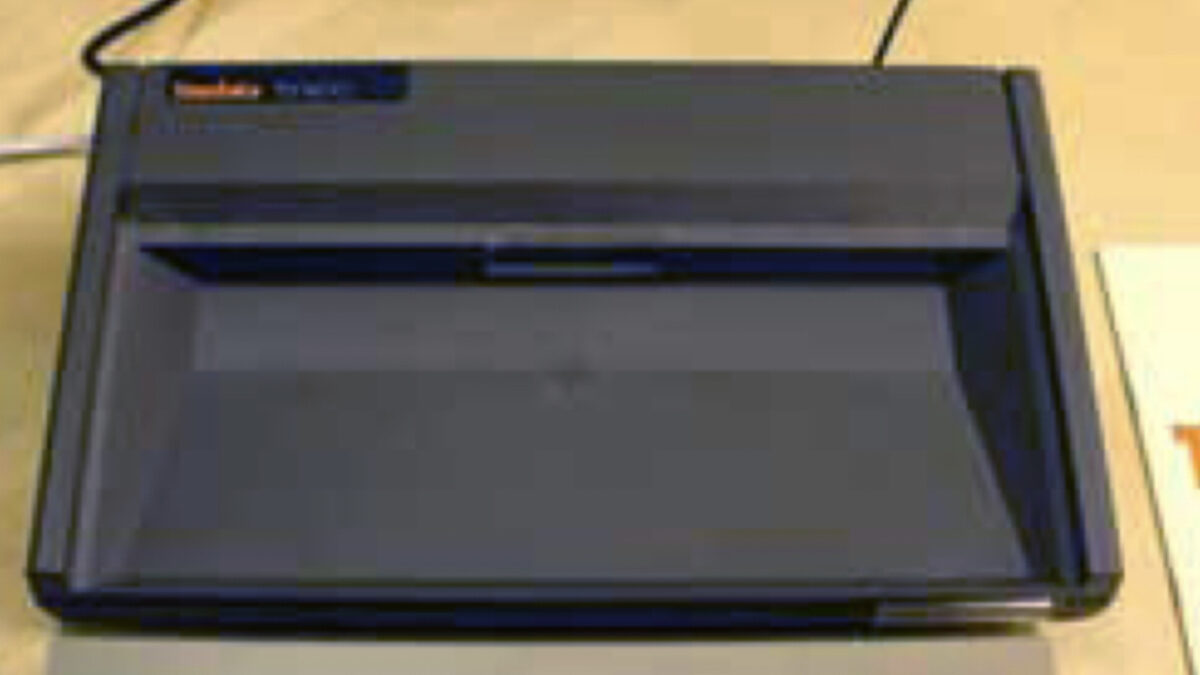History of Computing: Prestel

By Fay Capstick
In this week’s blog we will be looking at Prestel as part of our History of Computing series. Prestel was an internet before the internet, and a step above what could be achieved with the one way nature of data transmission by Ceefax (see previous History of Computing blog).
What was Videotex?
Videotex is a system that gives information to be shown on a screen, such as a television monitor. This makes it the same as Ceefax, however Videotex goes further in that the data isn’t sent over the television signal, but over modems. This means that data can be sent it both directions, which was truly revolutionary.
The term Videotex can therefore apply to Prestel, Ceefax, the internet itself as we know it, bulletin board systems and online service providers. Videotex was the technology which powered the London Stock Exchange.
The most popular Videotex system was in France. However it was still a relatively niche product. It is surprising that Videotex systems weren’t more popular and the true impact of sending two way data wasn’t felt until the late 1990s when dial up internet started to become more common in private homes.
What was Prestel?
Prestel is the brand name of the Post Office’s Viewdata technology (the General Post Office became British Telecom). It was an interactive videotex system that was developed in the 1970s in the United Kingdom by the Post Office. They felt it was a way to get more business for the telephone network.
Access was by dialling in using a modem to the UK telephone number that you had been given, which was hopefully at a local call rate. Upon logging in a user would be taken to their homepage, which varied depending on who their provider was. The navigation of pages was not a simple task and there was no search engine to help.
The Post Office engineers devised a system to keep a real time check on the system and the available user connections.
For the mailbox messaging service, messages could be saved by the user, but only three could be saved at once. This was clearly a very limiting factor when compared to our modern email accounts containing thousands of saved messages. By 1984 things had improved and you could save five messages at one time. By 1989 things had improved again and you could store nineteen messages; sadly by this point spam had also been invented.

Was Prestel popular?
Ceefax was the way that most people gathered their real time information, and it seems that sending as well as receiving data wasn’t a priority for the users, nor was sending personal communication. Maybe most people were satisfied with the telephone and postal network and were yet to see the potential of the technology.
A hurdle to take up might have been the equipment needed. A set top box needed to be purchased, there was a monthly charge, plus the telephone bills. Telephone calls were expensive back then and total user numbers only ever reached 90,000. Other than the costs involved, another hurdle to mass take up was a lack of interesting content.
The Financial Times bought the service in 1994 as a way of providing financial data. Travel agents also used a similar system to make bookings.
Why was it important?
In many ways Prestel was a taste of things to come, the real time transmission of two way data and the start of the communications revolution.
Prestel is different from the internet in that the internet is decentralised and Prestel wasn’t. However from the point of view of most users, whether it is centralised or not is irrelevant to their experience. For those that had it Prestel would have been a step into the future.
Final thoughts
At Parker Shaw we have been at the forefront of the sector we serve, IT & Digital Recruitment and Consulting, for over 30 years. We can advise you on all your hiring needs. If you are looking for your next job in the IT sector please check our Jobs Board for our current live vacancies at https://parkershaw.co.uk/jobs-board.
